However, when serendipity strikes the results can be startling.
Such was the case a few weeks ago when the Glen Turret Fan chronology neatly slid into place between the Arabian Horizon and the Heinsohn Horizon in the Old Japanese Cedar Tree chronology.
The Glen Turret Fan in upper Glen Roy contains 276 annual sedimentary layers that are coincidentally close to the 277 years between the Arabian Horizon of 637 CE and the Heinsohn Horizon of 914 CE i.e. the Heinsohn Sandwich.And then serendipity struck again in form of Comet Halley.
...
The unexplained arrival of the Sand Bed in the Glen Turret Fan [upper Glen Roy] in 759 CE coincidentally echoes:
a) the unexplained Smothering of Samarra in sand
b) the unexplained Covering of Cologne in sand
c) the unexplained Clear Black Horizons in sand across Southern England and Scotland
d) the unexplained Sandy Sludge Layers in the Greenland Ice Cores...
See: The Fold Up Beds of Glen Roy
Comet Halley has several remarkable aspects.
Firstly, Comet Halley has a variable orbital period of [around] 76.5 ± 2.5 years.
Halley's orbital period over the last 3 centuries has been between 75 - 76 years, although it has varied between 74 - 79 years since 240 BC.Secondly, Earthly encounters with Comet Halley are especially dangerous because it's relative velocity is in the region of 254,016 kilometres per hour.
https://en.wikipedia.org/wiki/Halley's_Comet
The Long-Term Motion of Comet Halley - Donald K. Yeomans and Tao Kiang Monthly Notices of the Royal Astronomical Society - Vol 197 - Nov 1981
Due to the retrograde orbit, it has one of the highest velocities relative to the Earth of any object in the Solar System.Thirdly, the orbit of Comet Halley "comes close to Earth's in two places".
The 1910 passage was at a relative velocity of 70.56 km/s (157,838 mph or 254,016 km/h).
https://en.wikipedia.org/wiki/Halley's_Comet
The perihelion, the point in the comet's orbit when it is nearest the Sun, is just 0.6 AU.Tracking the orbital history of Comet Halley back in time is not a precise science.
This is between the orbits of Mercury and Venus.
Its aphelion, or farthest distance from the Sun, is 35 AU (roughly the distance of Pluto)
....
Because its orbit comes close to Earth's in two places, Halley is associated with two meteor showers: the Eta Aquarids in early May, and the Orionids in late October.
https://en.wikipedia.org/wiki/Halley's_Comet
This is partly because "scientific investigation" only began in the 16th century.
Halley's periodic returns have been subject to scientific investigation since the 16th century.And partly because the historical records become increasingly subject to interpretation because the observational data may not specifically relate to Comet Halley and/or the observational dates may be incorrectly identified/aligned with the current era.
The three apparitions from 1531 to 1682 were noted by Edmond Halley, enabling him to predict its 1759 return.
https://en.wikipedia.org/wiki/Halley's_Comet
However, hind-casting Comet Halley back to 607 CE appears very possible and very catastrophic.
See: Heinsohn and The Eclipse Record
The 607 CE Earthly encounter with Comet Halley appears to have triggered the catastrophic plunge in temperatures that only began to recover after the Arabian Horizon in 637 CE.
The History of Comet Halley - D K Yeomans, J Rahe and R S Freitag Journal of the Royal Astronomical Society of Canada - Vol 80 - April 1986
In this wonderful example of the Mainstream Mindset it appears that for 4,000 years there was "a widespread and long-lasting tradition" of deliberately burning down entire settlements every 75-80 years in Southeastern and Eastern Europe.
Apparently, this rare psychological affliction Burned House Syndrome was invented when archaeologists encountered the Burned House Horizon.
See: Burned House Syndrome
The 760 CE Earthly encounter with Comet Halley appears to be associated with the catastrophic deposition of sand and gravel.
And the 912 CE Earthly encounter with Comet Halley appears to be closely associated with the catastrophic Heinsohn Horizon in 914 CE.
Therefore, the Earthly encounters with Comet Halley provides another historical perspective upon the alignment of the Roman Time Line...

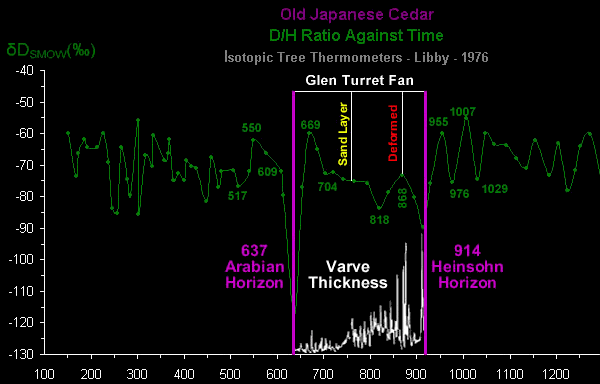
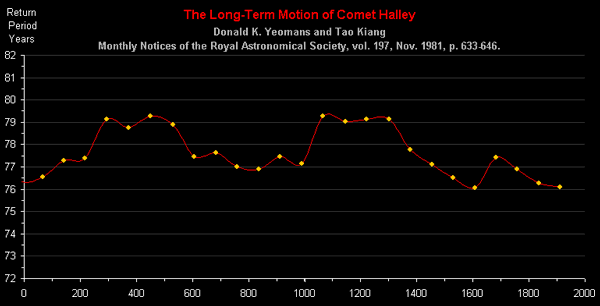
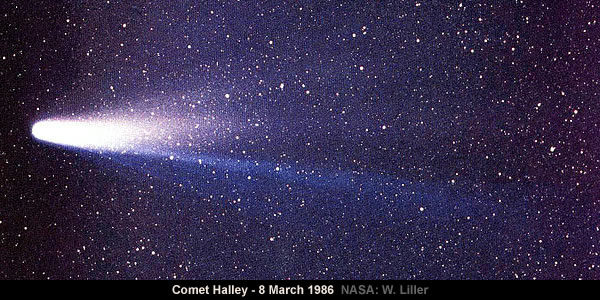
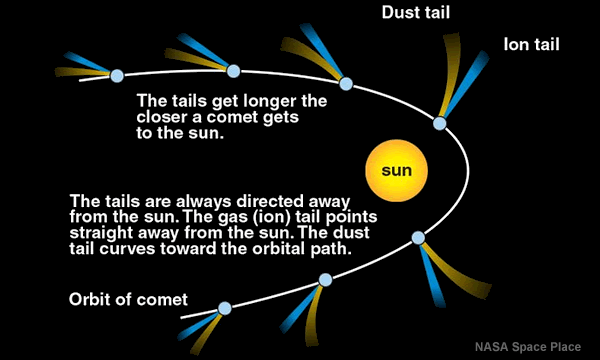
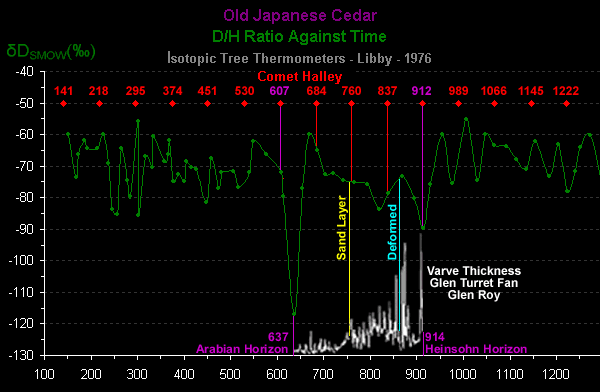



Reader Comments
After all, the Sun is moving a couple or a few million miles an hour (nobody really knows?).
Halley must have been one hell of a mathematician to figure out that a dust and ice ball about to arrive would be the exact same dust and ice ball which had followed the Sun for 200 billion or so miles over the course of 75…or so…years.
Without knowing how far the Sun had gone, he tracked this comet.
That's impressive…maybe even unbelievable.
R.C.